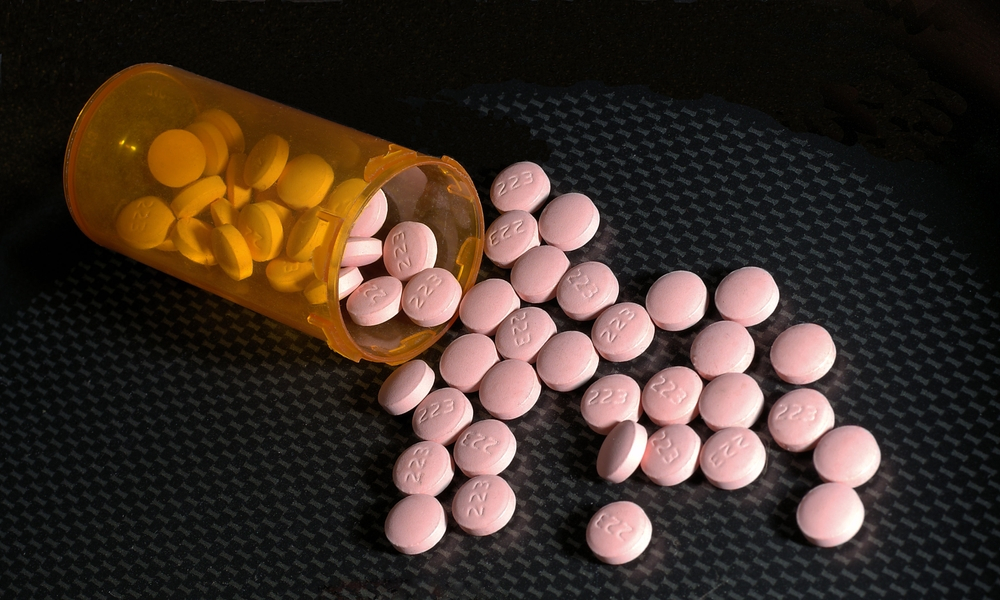- December 30, 2023
- by Shalini Murmu
- Schizoaffective Disorder
Schizoaffective disorder is a complicated mental illness that presents itself with symptoms of both schizophrenia and mood disorders. Over the years, pharmacotherapies have become the mainstay treatment regimen for patients with schizoaffective disorder. But with so many options available, it’s important to understand which medications are most effective. In this article, we’ll take a closer look at the insights into the most effective pharmacotherapies for schizoaffective disorder.
Antipsychotic Medications
Antipsychotic medications are the mainstay of treatment for schizoaffective disorder. They help alleviate psychotic symptoms such as delusions, hallucinations, and disorganized thinking. There are two main categories of antipsychotics:
- Typical antipsychotics
- Atypical antipsychotics
Typical antipsychotics, such as haloperidol and chlorpromazine, have been used for decades and are effective in managing positive symptoms of schizoaffective disorder. However, they can have significant side effects such as motor disturbances and extrapyramidal symptoms.
Atypical antipsychotics, like risperidone and olanzapine, are considered the first-line treatment for schizoaffective disorder due to their lesser side effects and broader range of effectiveness. They not only help control positive symptoms but also manage negative symptoms and mood fluctuations.
Mood Stabilizers
Considering the mood component of people with schizoaffective disorder, mental health experts prescribe mood stabilizers often alongside antipsychotics. These medications help regulate mood swings, prevent manic or depressive episodes, and stabilize overall mood. Commonly prescribed mood stabilizers include lithium, valproate, and carbamazepine.
Lithium, in particular, has shown efficacy in managing the depressive phase of schizoaffective disorder. Mood stabilizers have a stabilizing effect on mood and reduce the risk of suicide in people having extreme schizoaffective disorder symptoms. However, regular monitoring of blood levels is necessary to ensure the medication remains within the therapeutic range.
Antidepressant Medications
Depressive symptoms are prevalent in schizoaffective disorder, and antidepressant medications can be employed to address them. Selective serotonin reuptake inhibitors (SSRIs) such as fluoxetine and escitalopram are commonly prescribed to alleviate symptoms of depression. However, caution must be exercised when prescribing antidepressants, as they can trigger manic episodes in individuals with a bipolar component in their schizoaffective disorder.
Mental healthcare professionals carefully evaluate the individual’s symptoms and history before prescribing antidepressants. This includes assessing for any signs of bipolar disorder or previous manic episodes. Close monitoring and regular follow-up appointments are essential to ensure the medication is effectively managing depressive symptoms without inducing mania.
Adjunctive Medications
In some cases, additional schizoaffective disorder medications may be prescribed to address specific symptoms or comorbid conditions associated with the disorder. For instance, sleep disturbances, anxiety, or agitation may be managed using anti-anxiety medications or sedatives on a short-term basis. These medications can help promote sleep and reduce feelings of restlessness or unease. These medications work by regulating mood and can help a person feel more stable and motivated in their daily lives. People with schizoaffective disorder need to work closely with their healthcare provider to determine the most appropriate medication regimen for their specific symptoms and needs.
Personalized Treatment Approach
It is important to note that schizoaffective disorder can vary from person to person, and treatment effectiveness may vary accordingly. Every person’s genetic makeup, overall health, and even environmental factors can influence their response to medication.
Therefore, it is crucial to seek expert assistance who carefully monitors and adjusts treatment plans to ensure the best outcomes for each patient. Additionally, therapy and support systems play a significant role in managing schizoaffective disorder. By providing a safe and understanding environment, individuals can better cope with their symptoms and develop strategies to maintain stability in their daily lives. Overall, a holistic approach that combines medication, therapy, and a supportive network is essential for managing schizoaffective disorder symptoms effectively.
As the treatment is implemented, certain side effects may ruin the positive results. Antipsychotics may cause weight gain, metabolic changes, drowsiness, and movement disorders as possible adverse effects. Mood stabilizers can lead to difficulties like shaking, weight fluctuations, and problems with the thyroid. Achieving the right balance between the benefits of treatment and the risks of side effects depends on ongoing communication and collaboration between doctors and patients.
Stages Of Schizoaffective Disorder
The disorder typically unfolds in stages, with varying degrees of symptom severity and impact on an individual’s life and this also requires medications that will go along a person’s current condition.
Prodromal Stage
- Onset of vague symptoms: The prodromal stage is seen by subtle changes in thoughts, feelings, and behaviors that are not yet clearly indicative of schizoaffective disorder.
- Social withdrawal: People may start to withdraw from social interactions, experiencing difficulties in maintaining relationships.
- Changes in functioning: A decline in academic or occupational functioning may become noticeable.
Acute Phase
- Emergence of psychotic symptoms: This phase is marked by the onset of psychotic symptoms typical of schizophrenia, such as hallucinations, delusions, and disorganized thinking.
- Mood disturbances: Simultaneously, one might experience significant mood disturbances, including depressive or manic episodes.
- Impaired reality testing: The ability to distinguish between reality and hallucinations or delusions is compromised during this stage.
Residual Phase
- Symptom persistence: After the acute phase, some symptoms may persist, though they might be less severe.
- Negative symptoms: Reduced emotional expression, social withdrawal, and difficulties in maintaining daily activities may become more prominent.
Mood Stabilization Phase
- Mood stabilization: Treatment interventions, including mood stabilizers and antipsychotic medications, are intended to stabilize mood fluctuations and mitigate psychotic symptoms in either outpatient, inpatient, or residential treatment centers for schizoaffective disorder.
- Psychotherapy: Psychotherapeutic interventions, such as cognitive-behavioral therapy (CBT) or dialectical behavior therapy (DBT), may be introduced to address both mood and psychotic symptoms.
Recovery And Maintenance Phase
- Stabilization of symptoms: With effective treatment, some people may experience a significant reduction in symptoms.
- Functional restoration: Rehabilitation programs and support services are often crucial during this phase to help one regain and enhance their daily functioning.
- Long-term management: Medication management and ongoing psychotherapeutic support contribute to the ongoing management of schizoaffective disorder.
Seeking Mental Health Guidance?
Reach out to North America Behavioral Health Services. Consider us your dedicated partner in navigating the complexities of mental health concerns. With a commitment to your well-being and that of your loved ones, we offer more than just guidance; we provide a roadmap to transformative solutions.
Whether you’re seeking counseling, therapy, or comprehensive mental health facilities, we’re here to guide you toward the resources that will make a meaningful difference in your life.












